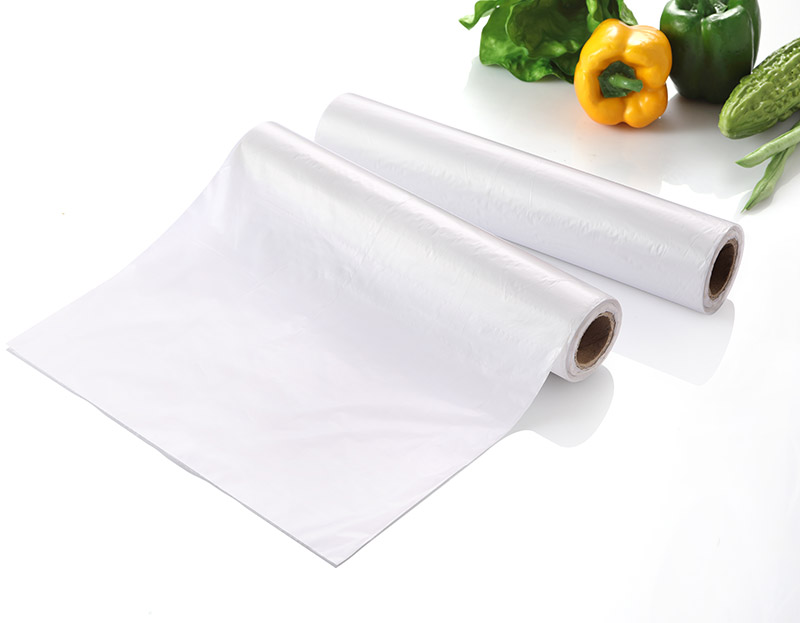Poly Lactic Acid(PLA)
What is PLA?
PLA, full name polylactic acid or polylactide, is a polymer obtained by a series of chemical reactions with lactic acid or its dimer lactide as monomer, which belongs to synthetic polymer and has characteristics of bio-base and degradability.
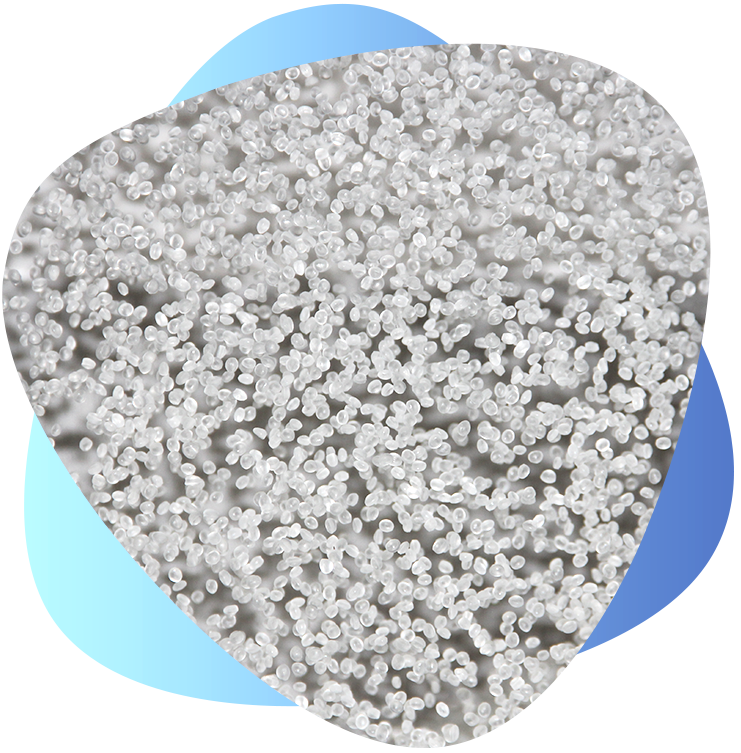

What are the environmental problems around us?
What are the environmental problems around us?
 According to the report issued by the United Nations Environment Programme (UNEP) in 2021,from 1950 to 2017, about 9.2 billion tons of plastic were produced globally, of which the recycling rate of plastic was less than 10%, and about 7 billion tons became plastic waste.
It is estimated that by 2040, about 710 million tons of plastic waste will be discarded into natural environment every year.
The American "Science Advances" magazine warned that in 2050, there will be more than 13 billion tons of plastic waste on the earth, and blue earth may become a "plastic planet".
[Source]
According to the report issued by the United Nations Environment Programme (UNEP) in 2021,from 1950 to 2017, about 9.2 billion tons of plastic were produced globally, of which the recycling rate of plastic was less than 10%, and about 7 billion tons became plastic waste.
It is estimated that by 2040, about 710 million tons of plastic waste will be discarded into natural environment every year.
The American "Science Advances" magazine warned that in 2050, there will be more than 13 billion tons of plastic waste on the earth, and blue earth may become a "plastic planet".
[Source]
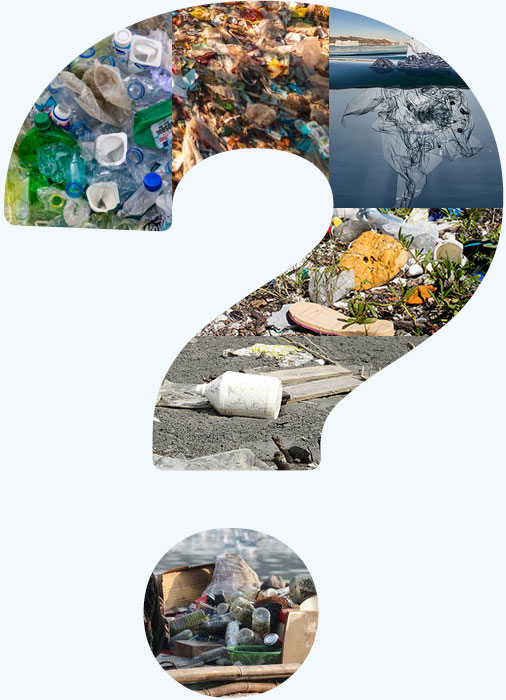
PLA is different from ordinary plastics
Four characteristics of PLA
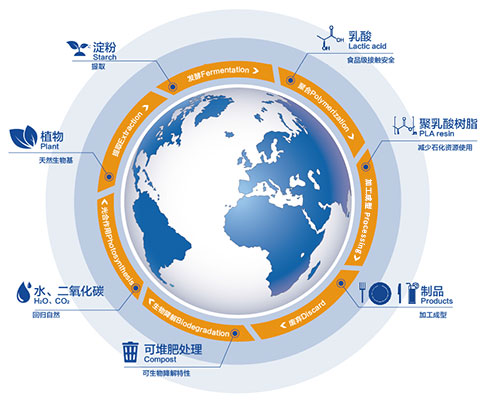
01
Form a biomass resource recycling system
As a fully degradable bio-based material, PLA can incorporate raw material into resource regeneration and circulation system, which has the advantages that petroleum-based materials do not have.PLA is derived from nature and has characteristic of full biodegradability, driving biomass resources to form a regeneration and circulation system.
02
In line with the guiding direction of "carbon neutral" policy
The carbon element in PLA mainly comes from the carbon dioxide absorbed from the natural environment by plants such as corn and sugarcane during the growth process, and returns to nature in the form of carbon dioxide during degradation process, and re-engages into regeneration and circulation of biomass resources through photosynthesis of plants.
Therefore, compared with petroleum-based materials, PLA materials can achieve "break-even" of carbon to a greater extent, which is more conducive to realization of "carbon neutrality" goal in plastic industry.

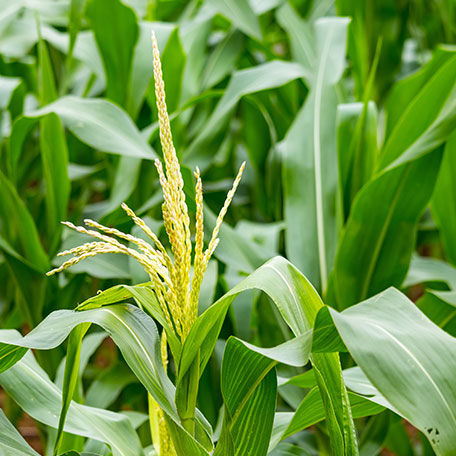
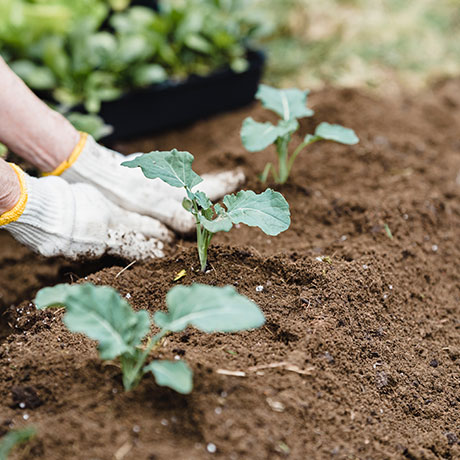
03
Environmentally friendly disposal of products
The fully biodegradable nature of PLA makes it a compostable plastic that can be disposed of in a degradable and environmentally friendly way.
After contact with water or humid air, the ester bond of PLA is prone to hydrolyze and break, and the broken product is completely decomposed into carbon dioxide and water under the action of microorganisms, which is the degradation principle of PLA material at the microscopic level.
On the macro level, the degradation of PLA products shows that the overall structure is destroyed, the volume becomes smaller and gradually becomes fragments, finally becomes carbon dioxide and water.

04
With good property
The good mechanical and physical properties of PLA make it a thermoplastic material that can be processed by traditional techniques.It is suitable for extrusion molding, injection molding, extrusion blow molding, spinning, foaming and other major plastic processing processes. It is compatible with existing plastic processing equipment.

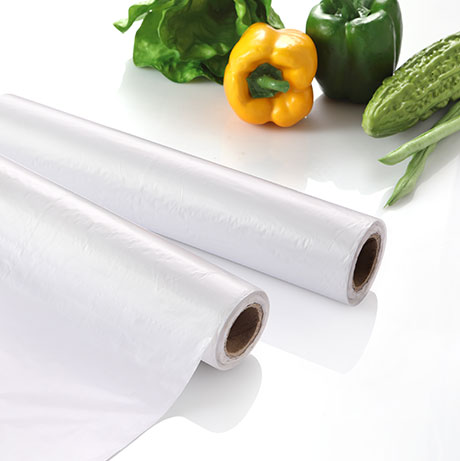
Product consultation
sales@hisunplas.com(Domestic Trade Department)
trade@hisunplas.com(International Trade department)
Online support available, please feel free to contact us
8:00~17:00
(Except Saturday, Sunday and public holidays)
Add: No.188 Taizhou Bay Avenue, Taizhou Bay New Area, Taizhou City, Zhejiang Province, China
E-mail::sales@hisunplas.com
(International Trade Department)







